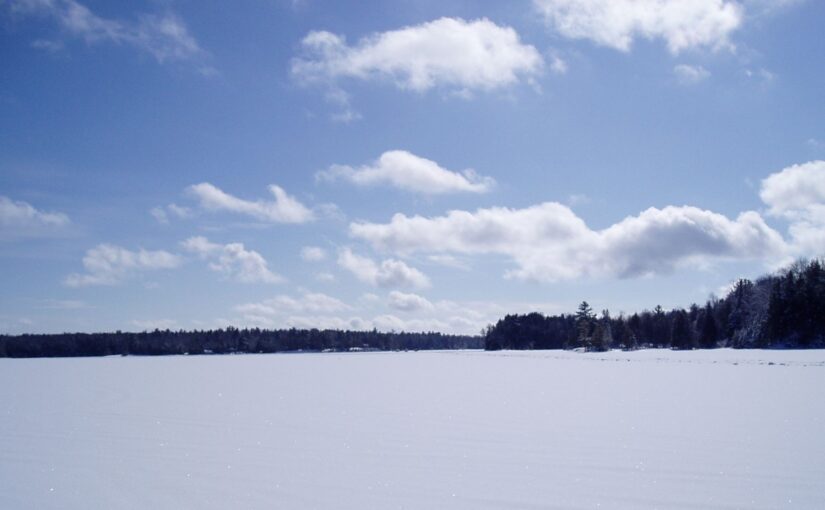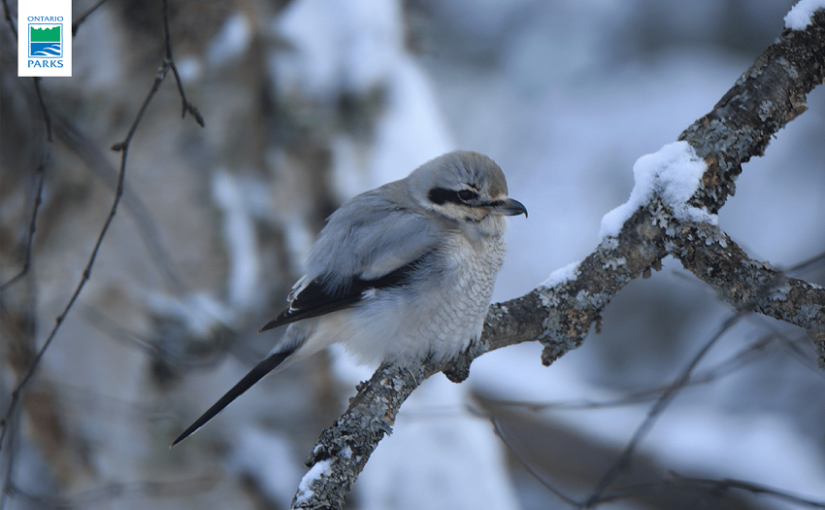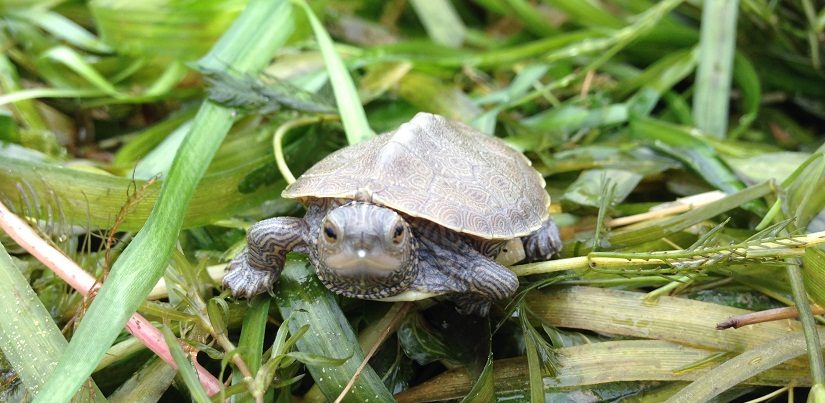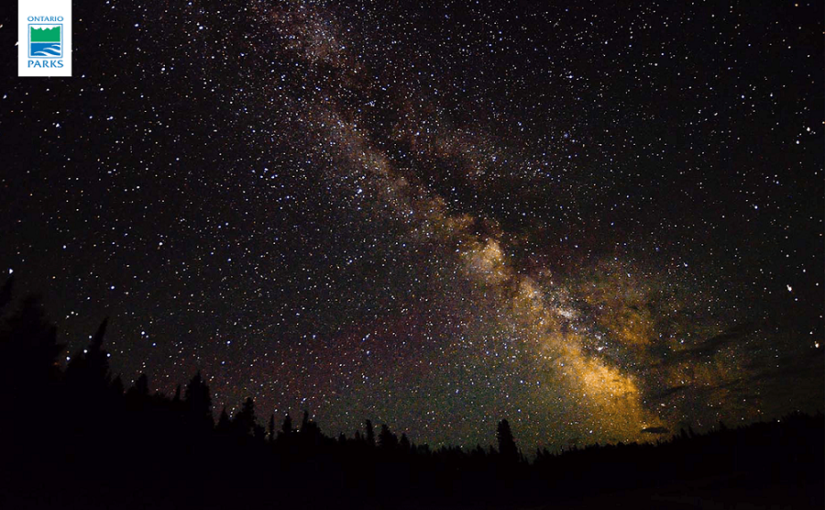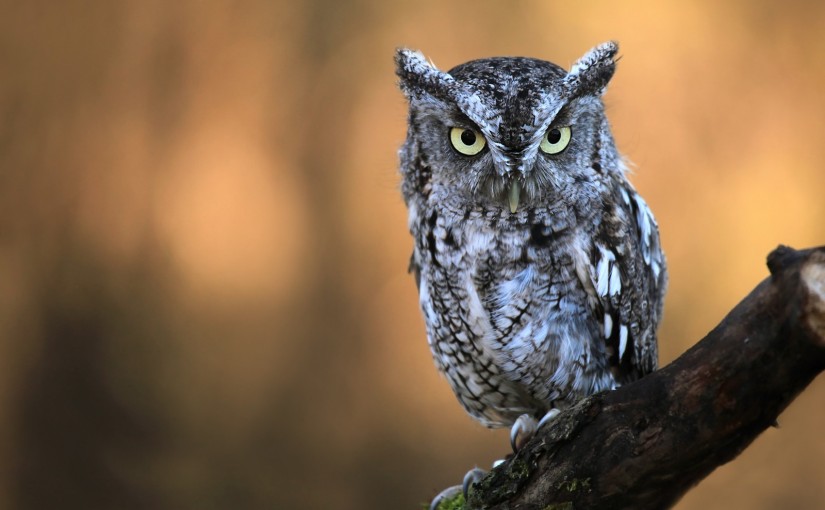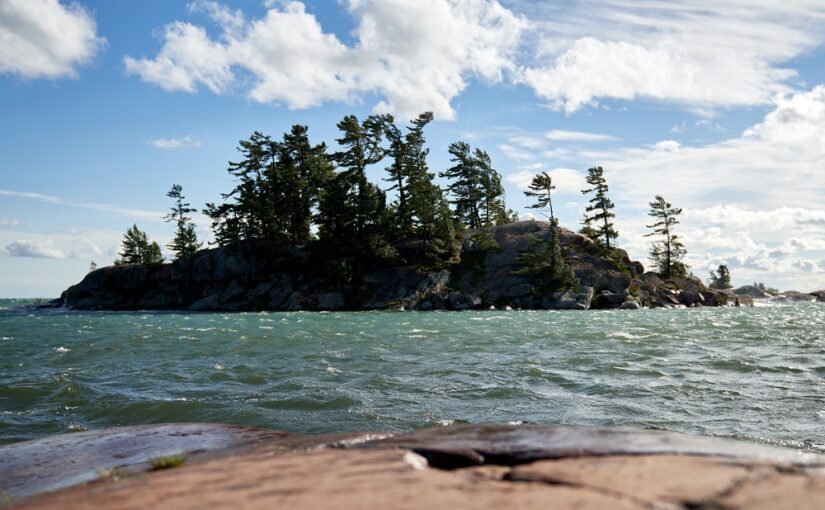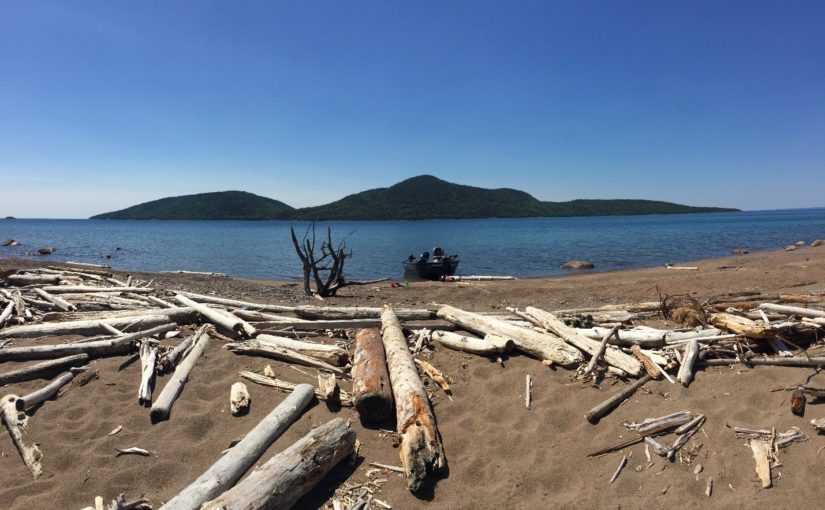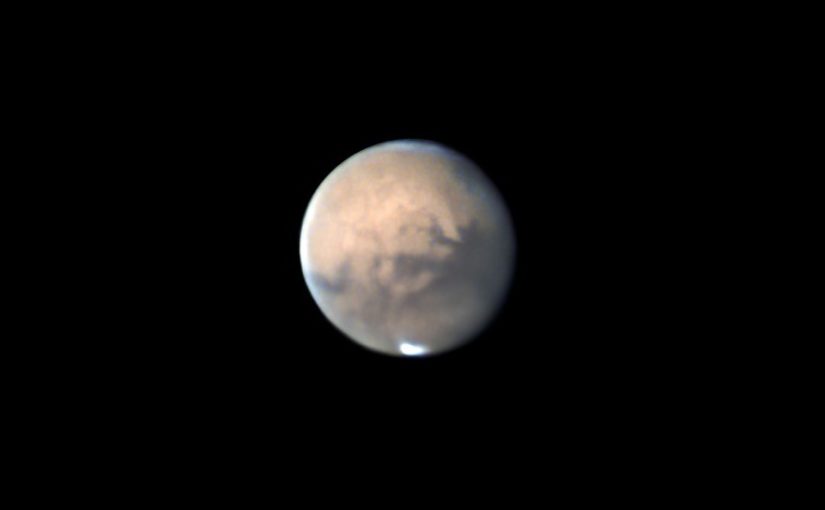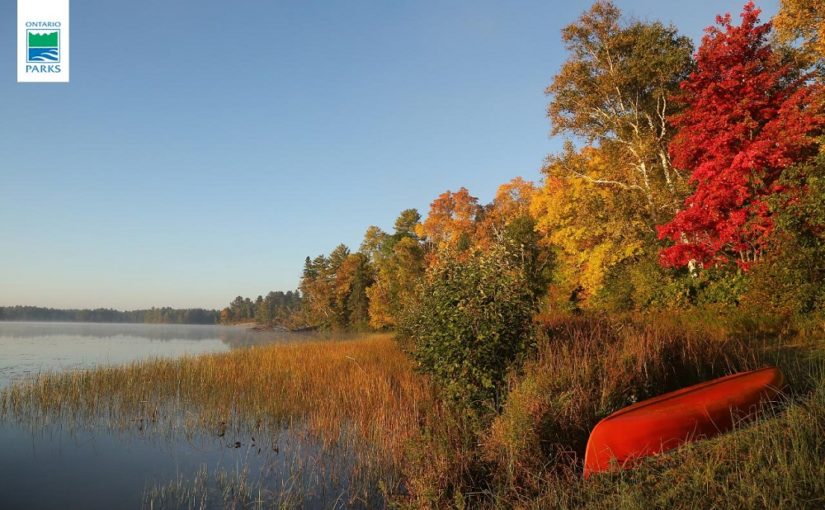Nature? We’re here for it and so are our friends at Coleman Canada. Read on to find out how they’re helping us encourage Ontarians to spend more time outside!
It’s easy to feel a bit low at this time of year. It seems to get dark outside immediately after lunch, the sun is elusive, and our bodies are still adapting to cooler temperatures.
There’s a part of our brain that really wants to hibernate.
But we’re going to fight that urge, and you should too! Here’s why: our brains need nature! Continue reading This is your brain on nature!
